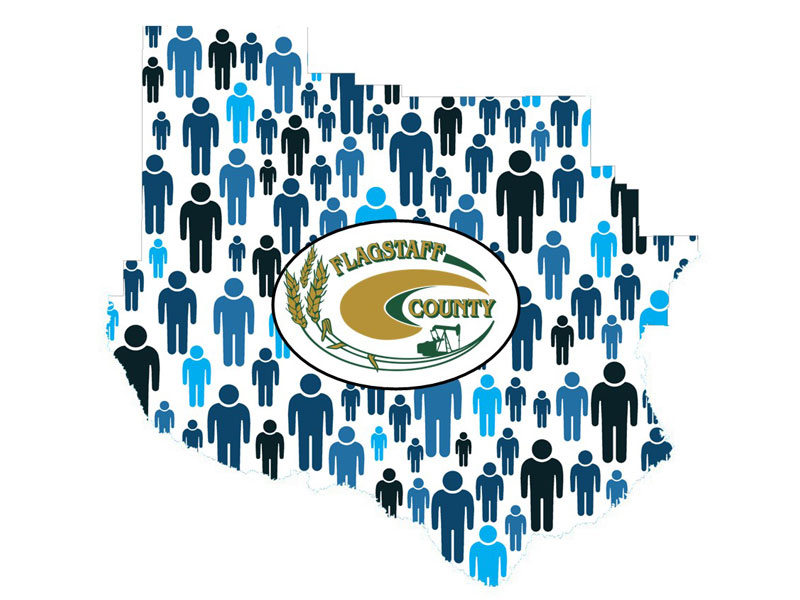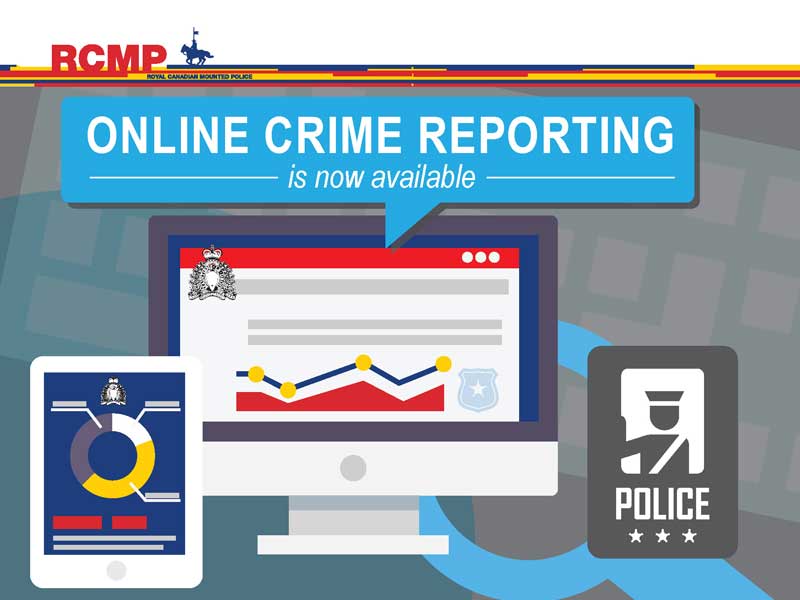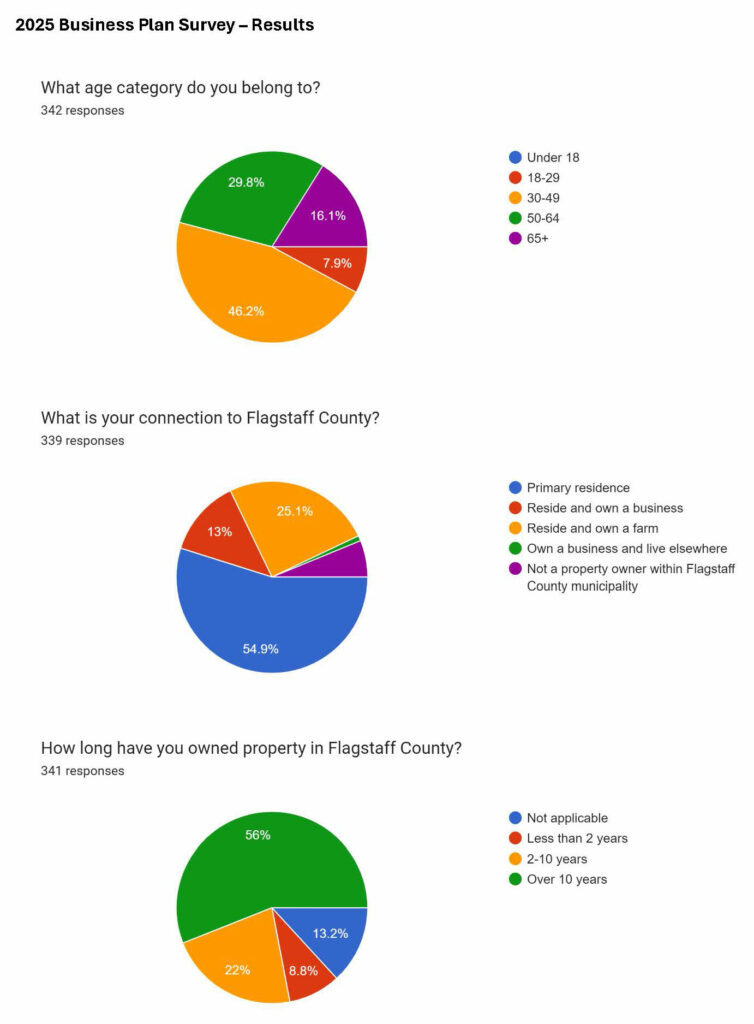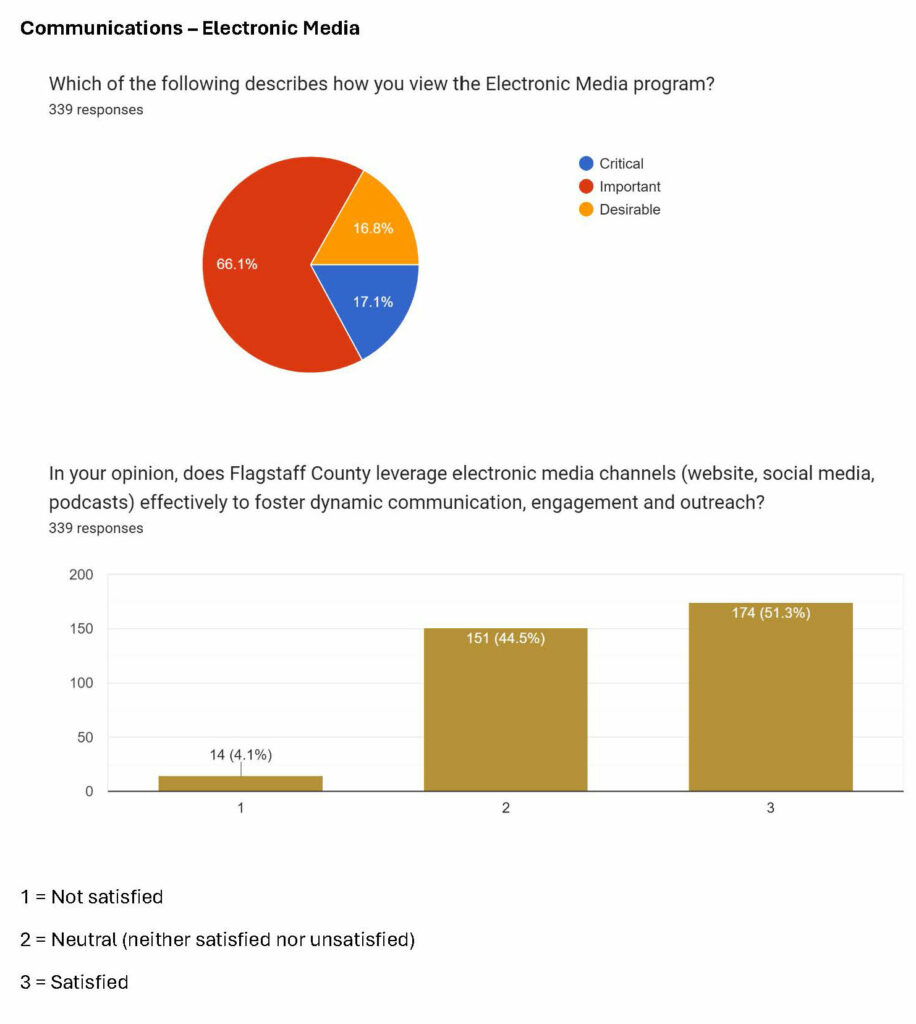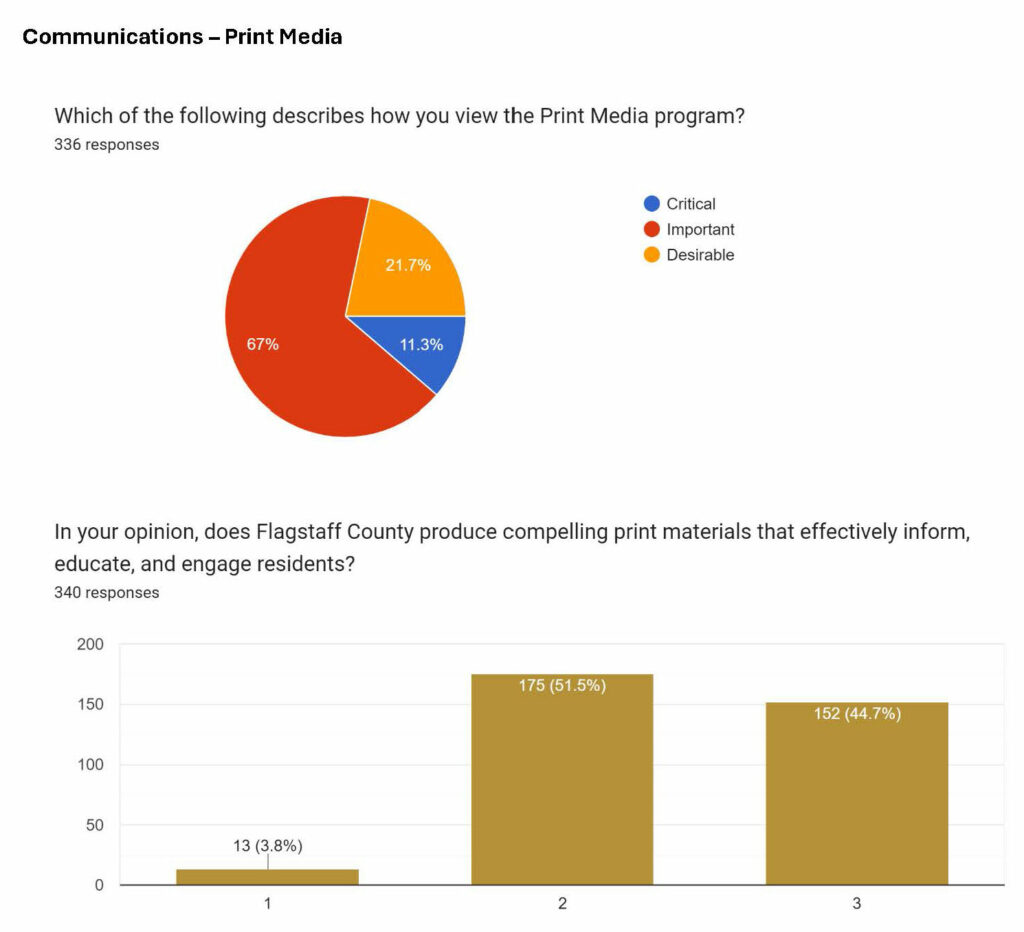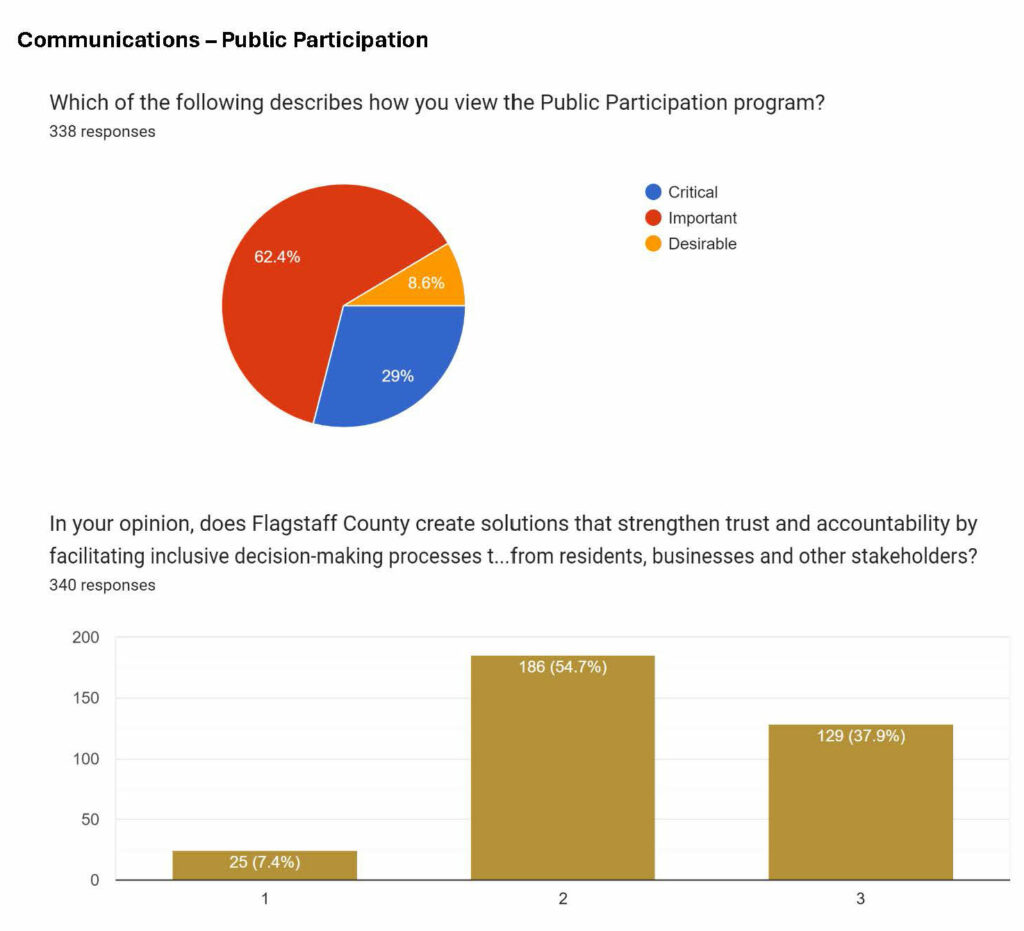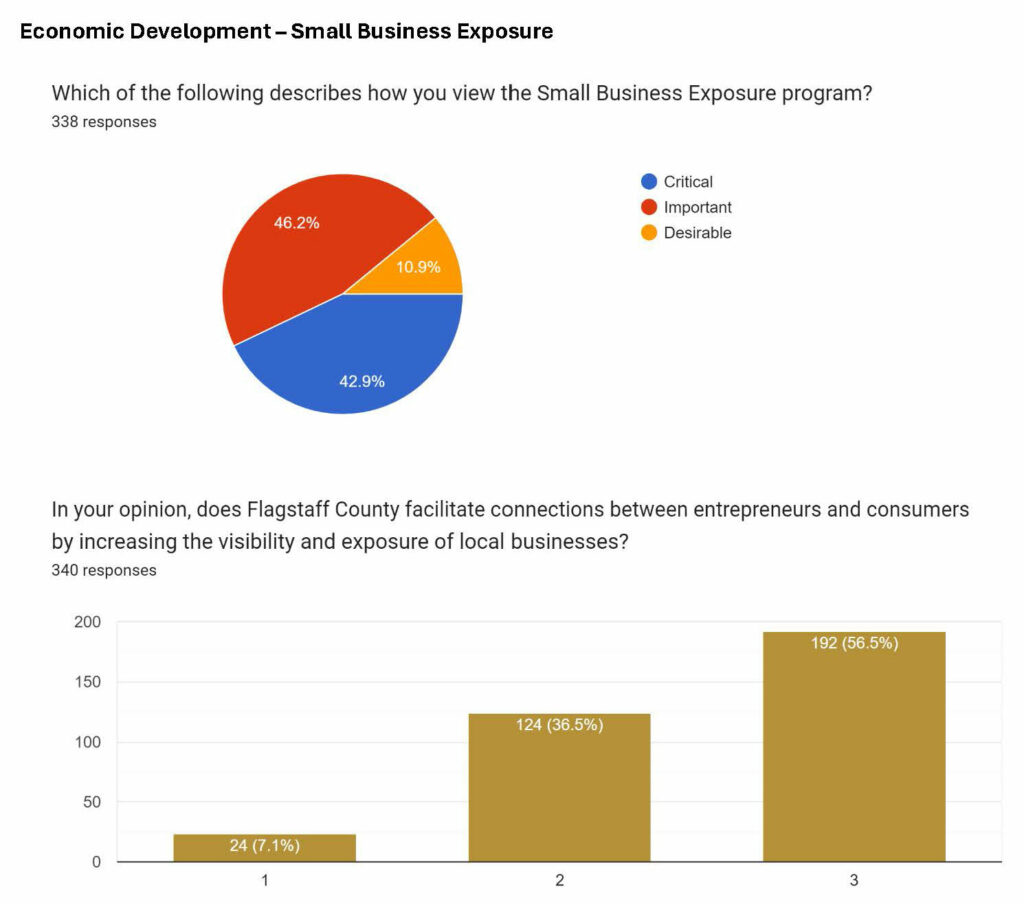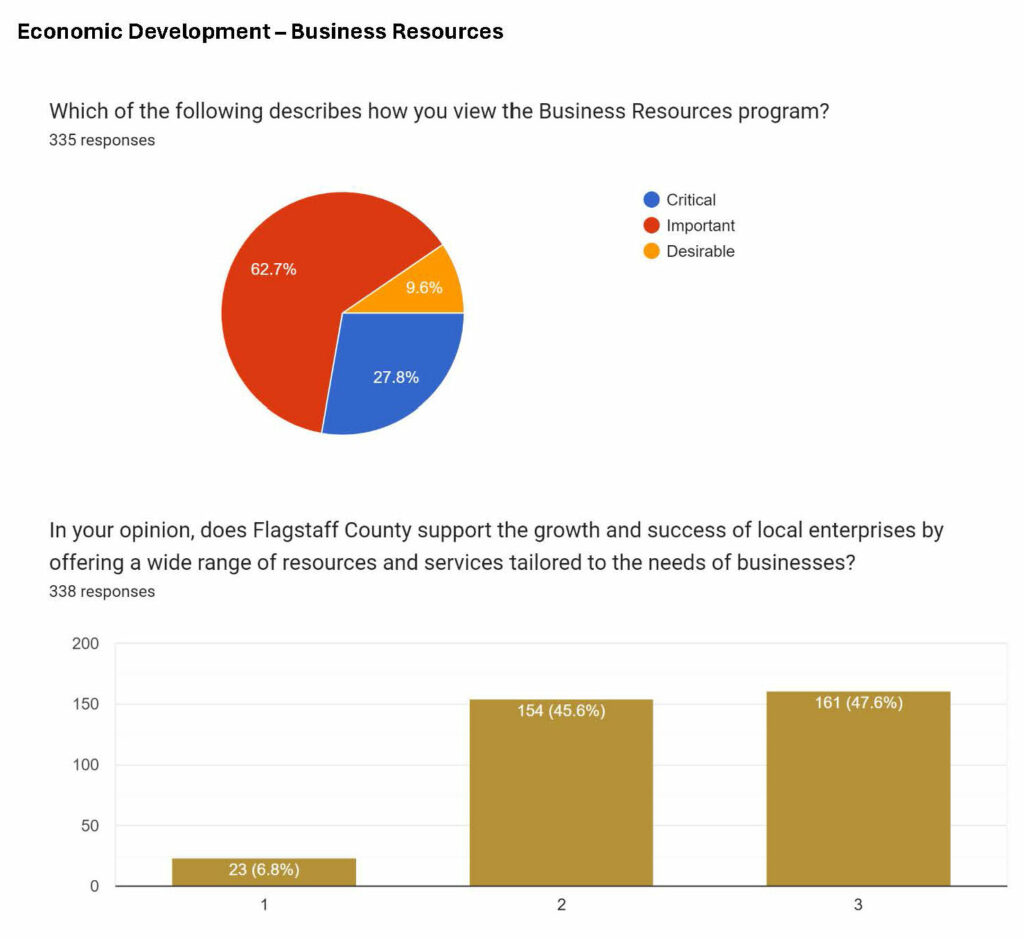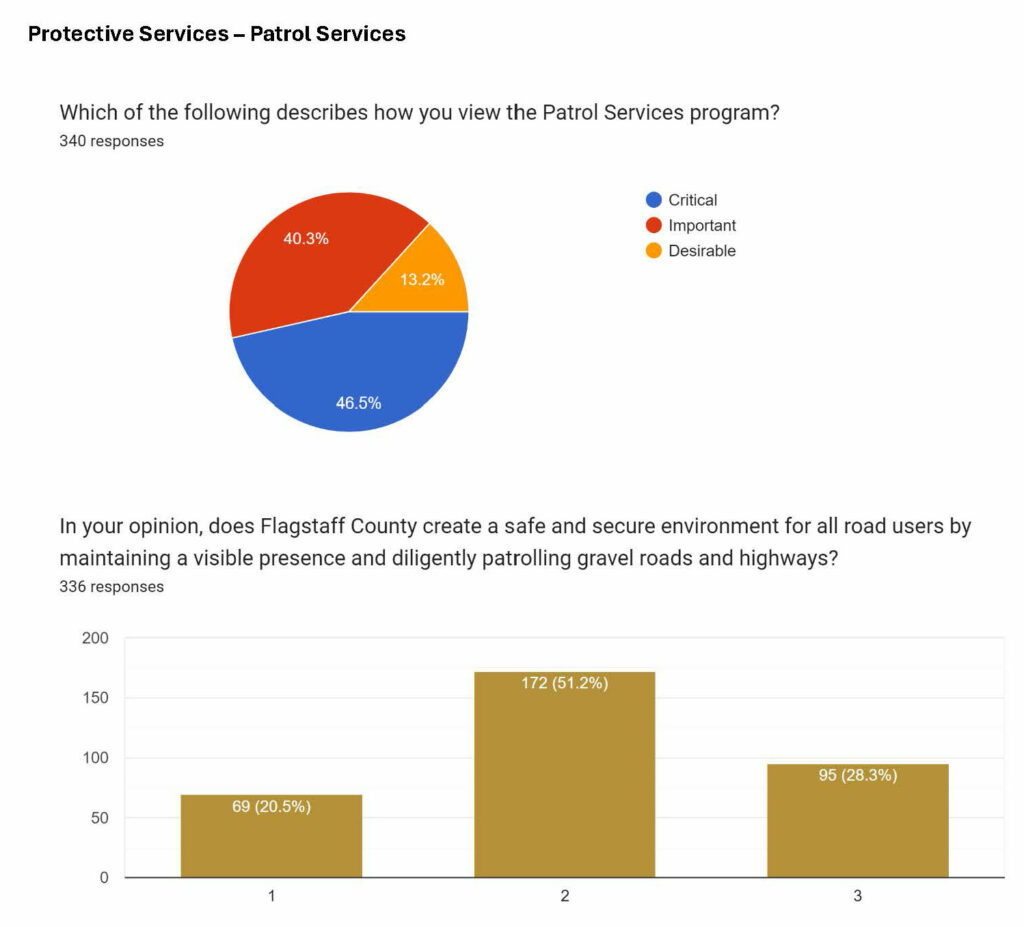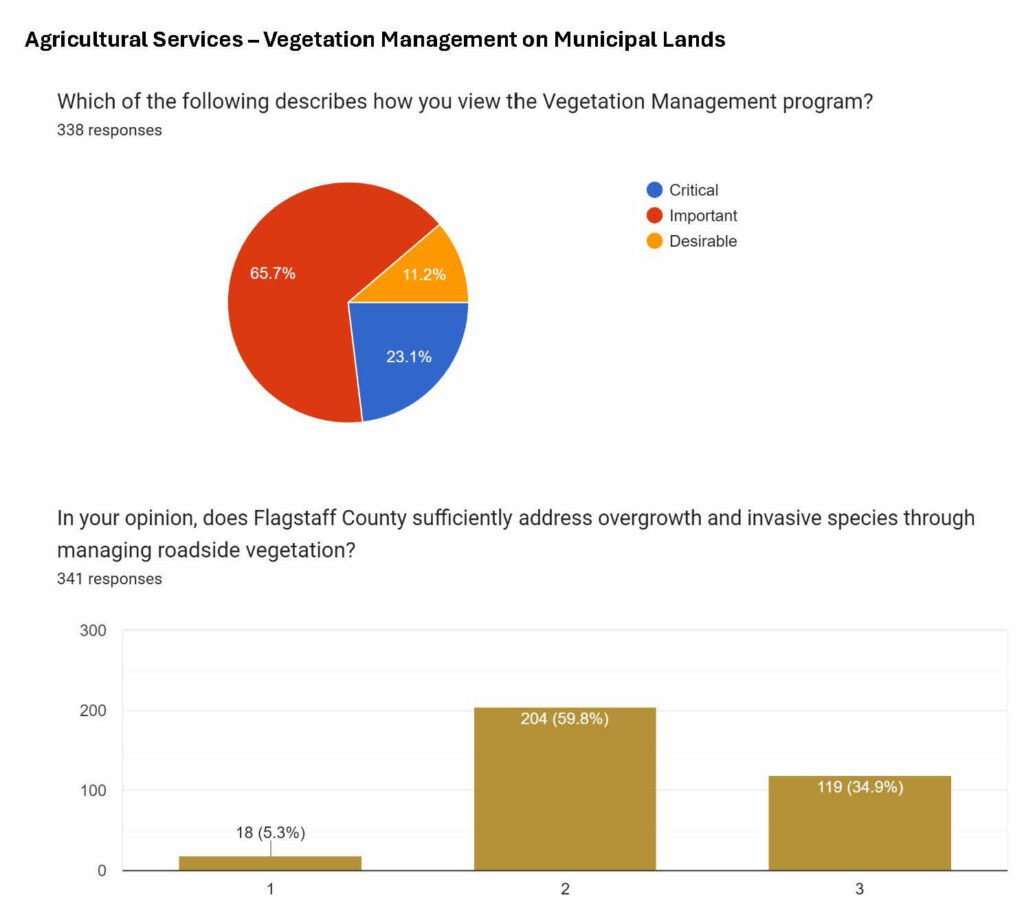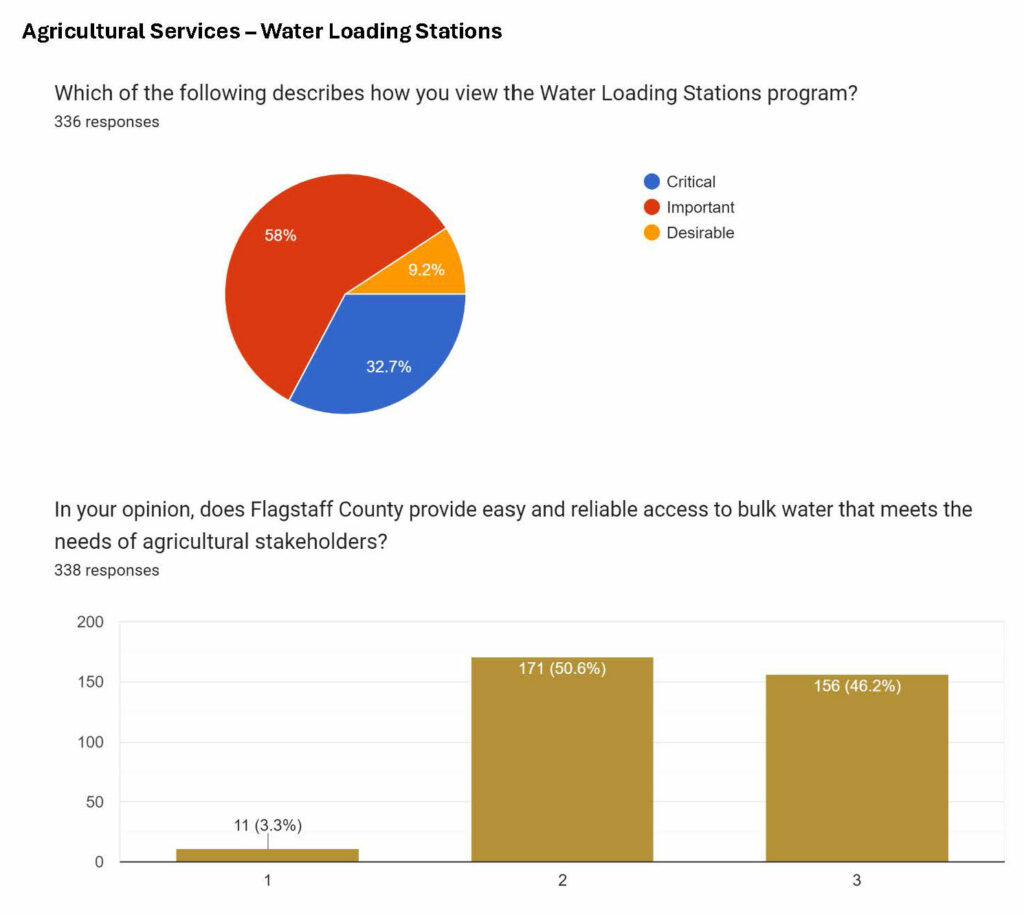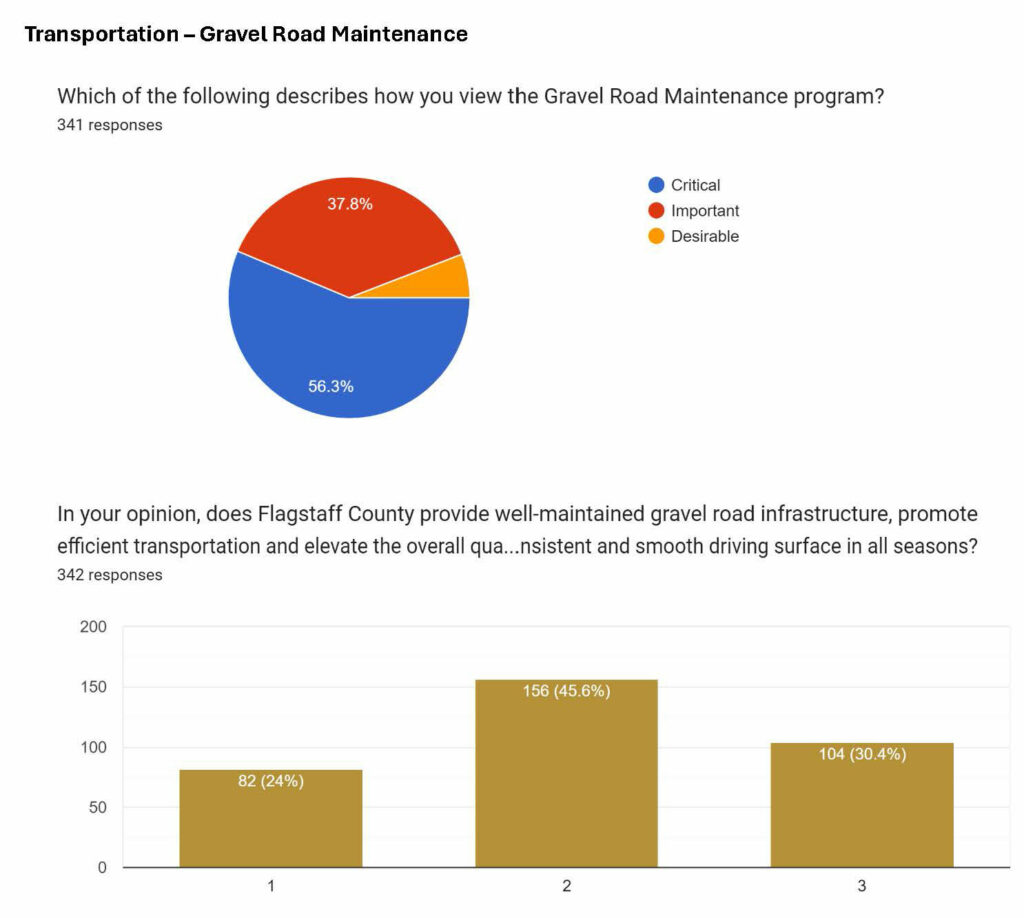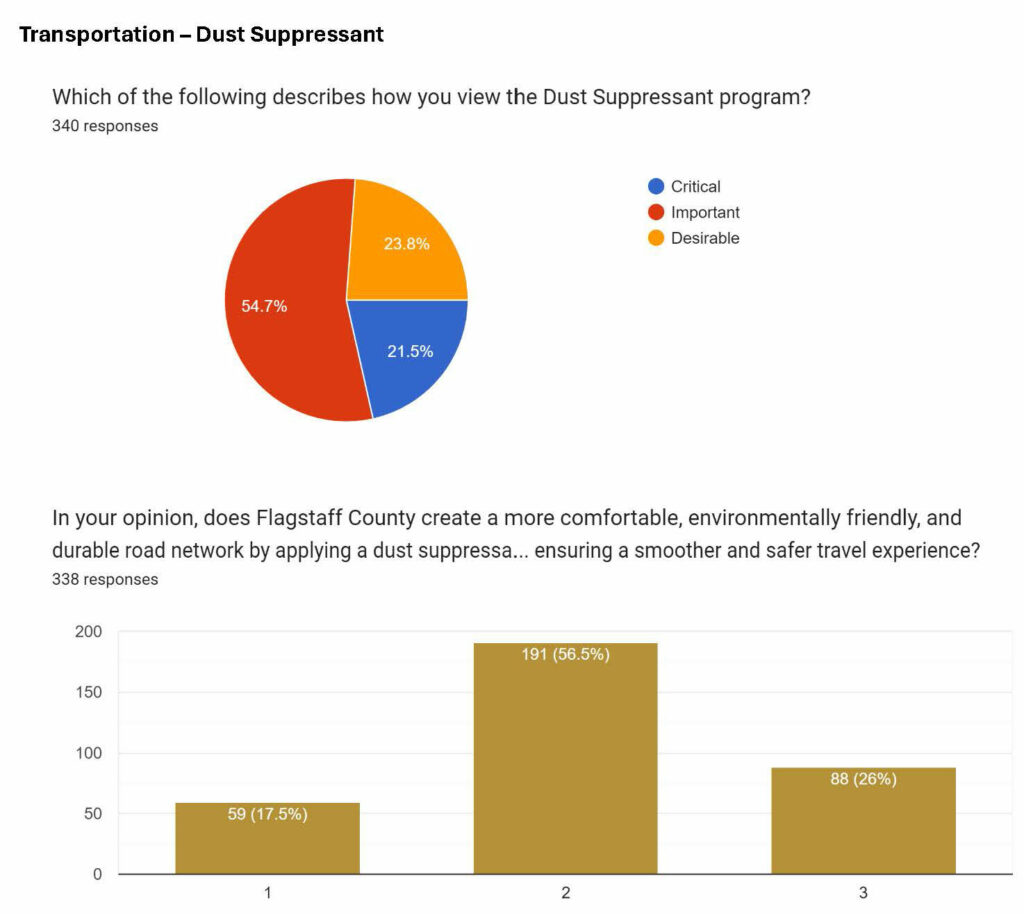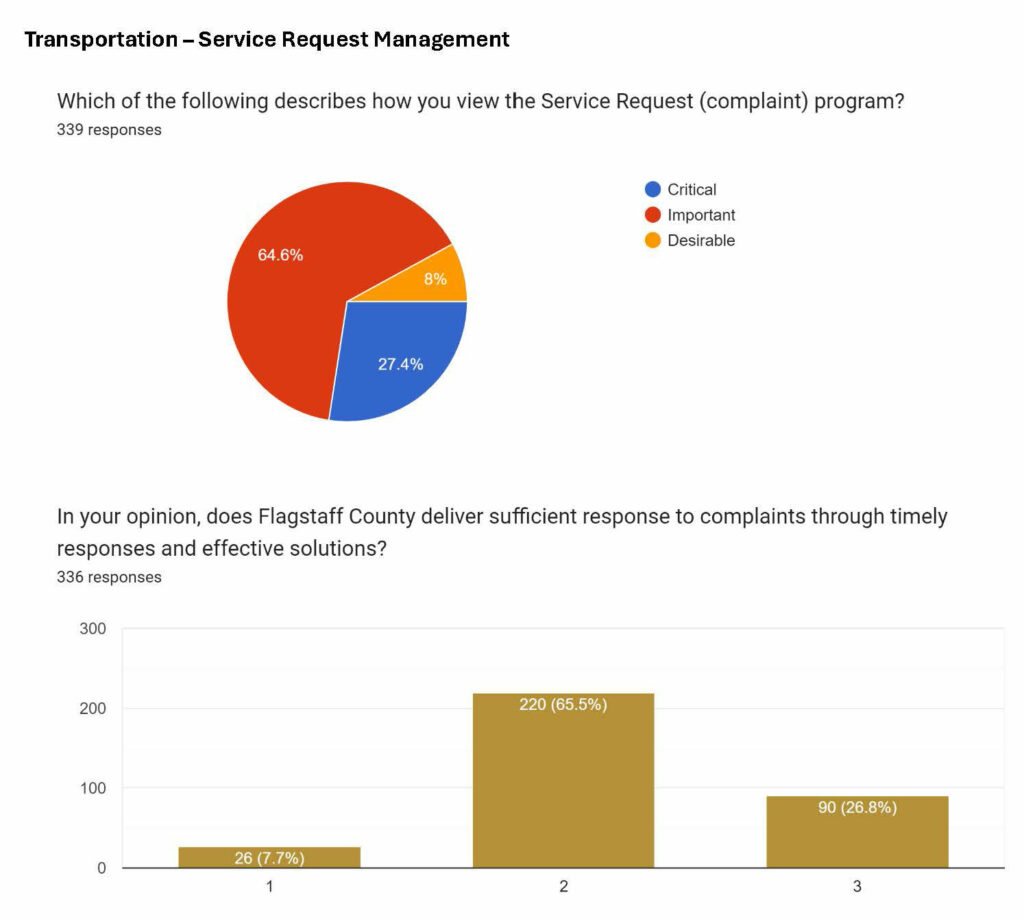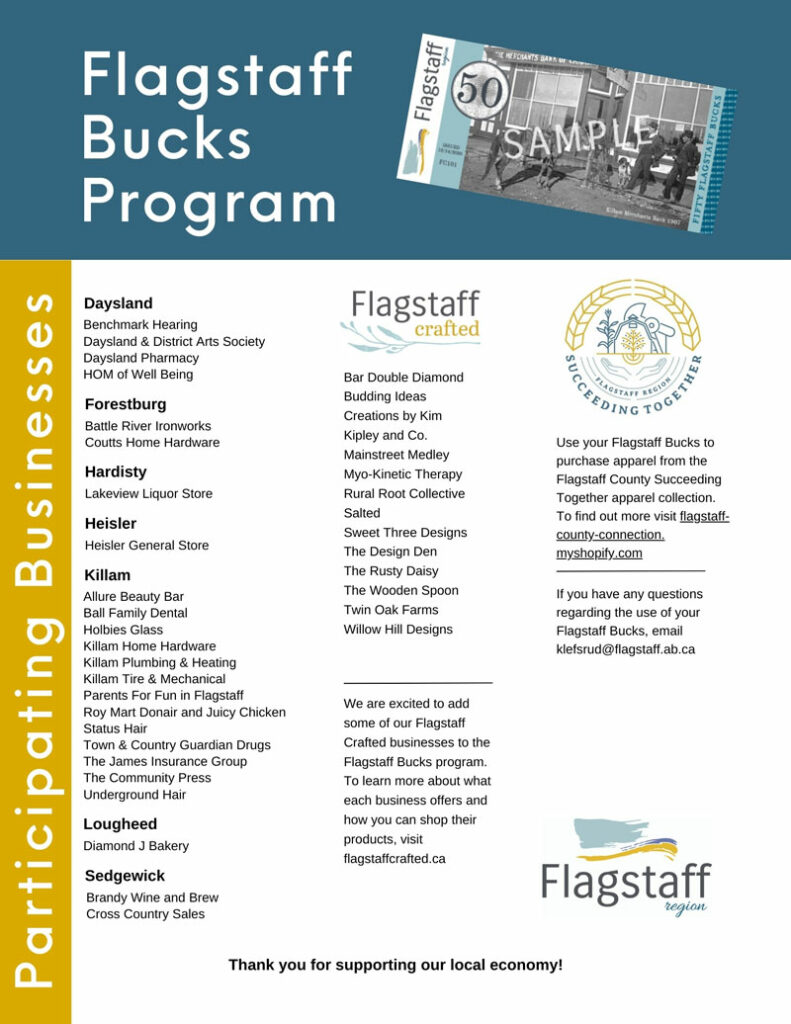
By Nick Dunn
Wild boar in Alberta have been gaining ground and starting to invade the province quite rapidly in some regions. Their invasion can result in some of the most damaging from a species in North America. Wild boars are not native to the province and were introduced as livestock in the 1980s as a diversification method and due to their intelligence and our lack of containment, some escaped. In 2008, under the Alberta Agricultural Pest Act, wild boar was designated as a pest where it is ‘at large’ (meaning wild or feral) in Alberta. Under this act, landowners are required to control and destroy pests and prevent them from establishing on their land. In 2013, the province released minimum containment standards to help mitigate risks associated with livestock operations.
Just recently, it was reported that a wild boar was seen southeast of Lougheed roaming throughout a field. Wild boar have been seen in the County in previous years including an incidence in 2021 near Killam, which brought into Council Bylaw 06/21 A BYLAW OF FLAGSTAFF COUNTY, IN THE PROVINCE OF ALBERTA, FOR THE PURPOSE OF REGULATING PROHIBITED ANIMALS WITHIN THE MUNICIPAL BOUNDARIES OF FLAGSTAFF COUNTY. This bylaw was brought into place to address the issues of raising wild boar as livestock and to list them as a prohibited animal. Also noted is no person shall keep, either on a temporary or permanent basis, any prohibited animals on any properties or premises within Flagstaff County. Any prohibited animals located within the County must be euthanized or removed from the County within seven days of receiving an order from a bylaw enforcement officer or designated officer.
Wild boars are unique in adapting to their environment for survivability. There are two types of boars we could potentially see in Alberta including the Eurasian and hybrids crossed with domestic. As the name suggests, they originate from Europe and Asia. Identifying them can be hard as they can be mistaken for domestic species, but they will have long black and brown stringy hair with hairs on their undercoat to protect them in the winters and sharp tusks. They will eat anything as they are omnivores and have adapted to be a nocturnal species. Hunting them hasn’t been successful due to their ability to adapt and educate their offspring. In the summer, they will nest near water and in the winter, they will nest within deep snow near food sources. Sows mature after 6-8 months, and have a gestation period of 114 days, averaging 4-6 piglets per litter, leaving the species highly reproductive over their 5-to-8-year lifespan.
The province has provided funding in efforts to help eradicate wild boar, but legislation needs to be changed to make that possible. As mentioned, there are minimum containment standards for livestock producers and other hobbyists. These standards are more used as guidelines as there is no enforcement or penalization. Resolution 5-24 WILD BOAR AND THE ALBERTA AGRICULTURAL PESTS ACT addresses the legislation, asking Alberta Agriculture and Irrigation to invoke a moratorium on expansion of wild boar farming until the province decides on the future of wild boar in Alberta. This has resulted in pushing municipalities to prohibit the species through a bylaw like Flagstaff County passed in June of 2021.
Although it ended in March 2024, the province did have a bounty program that paid landowners and hunters $50 for a pair of ears. The province also has traps set out to try to catch larger groupings known as sounders, in the denser areas. Catching wild boar at large is only effective when the entire sounder is captured simultaneously. Currently, the province hasn’t released any information regarding the future of wild boar eradication. Alberta Invasive Species Council has the Squeal on Pigs Campaign that helps promote the eradication of wild boar in Alberta, in addition to mapping through their EDDMapS application.
If you see wild boar within Alberta, it is asked that you safely take pictures, note the location, and fill out the online reporting form. You can also call 310-FARM (3276) or email af.wildboar@gov.ab.ca.
Nick Dunn is Flagstaff County’s Agricultural Fieldman. He can be reached via email at: ndunn@flagstaff.ab.ca or by phone at: 780-384-4138.



